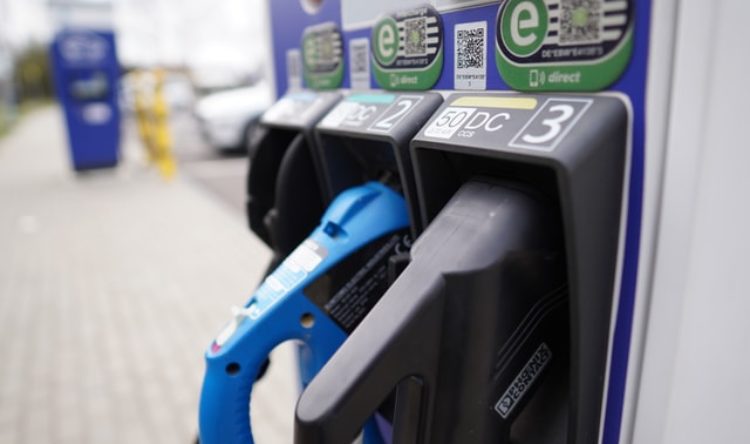Individual environmental impact of new car models assessed
GreenNCAP provides real world fact sheets for new cars
A new service assesses the full environmental impact of Europe’s most popular cars.
Green NCAP is announcing its first Life Cycle Assessment (LCA) results. Like EuroNCAP, it aims to help car buyers make more informed and sustainable choices.
Aiding conscious choice
To understand the true ecological impact and sustainability of a car, it must be viewed in the context of its whole life cycle. This involves assessing the use of resources and energy associated with the car’s production, usage and recycling.
Life Cycle Assessment, or LCA, estimates these individual contributions to predict the car’s environmental impact. This covers its entire lifetime ‘from cradle to grave’.
Estimations are based on the available data and state-of-the-art scientific methodology. The average, best and worst measured fuel and energy consumptions reveal the potential effect of driving style and ambient conditions.
Beside vehicle test data, forecasts about the changing electricity mix in various countries. The estimated evolution of the energy supply views the next two decades providing true long-term views.
Also calculated is the estimated total life cycle greenhouse gas emissions and primary energy demand.
New cars rated
Sixty one recent cars are tested in the programme for the period 2019-2021. Vehicles of all sizes, types and drivetrains are included.
For the comparative analysis, a nominal vehicle lifetime of 16 years and driven mileage of 155,000 miles are assumed. For each model, a summarised factsheet is provided.
These provide the total estimated greenhouse gas emissions and primary energy demand. For conventional vehicles, the burning of fossil fuel during the operational phase accounts for most of the life cycle emissions and energy demand. This is different for electric cars for which the production phase on average accounts for a larger share of the total.
Emissions in usage can vary depending on the portion of energy from non-renewable sources in the electricity used for charging. Electric cars have zero local greenhouse gas emissions. However, not every car of the same powertrain type is equal too. The analysis clearly shows that the impact of vehicle size and weight. Economic, sports and luxury models are all assessed. Not only this, but also the optimised driving styles.
Following EuroNCAP’s success
This represents the first real understanding of the overall environmental impact. Previously these were based on largely isolated, local observations.
It’s still too early to consider an all-encompassing star rating system. However, the information underlines the importance of adopting a holistic approach towards the real-life cycle environmental impact of modern cars.
For the full results, click here.






